#lesser scaups
Text
It was Very Exciting to See These Lesser Scaups
Afternoon Nap
It seems like every time I go out to Cedar Key I find some new bird to add to my life list. When I went last week I was specifically hoping to see some white pelicans (which aren’t a new species to me), but I only got to see our year long residents, the brown pelicans. But while I was there I did find a group of lesser scaups (Aythya affinis), also known as little blue bills or…

View On WordPress
#avians#beautiful birds#bird photographs#bird photography#birds#black and white birds#diving birds#diving ducks#duck photographs#duck photography#ducks#Florida birds#Florida ducks#Florida scaups#Florida winter birds#lesser scaups#photography#scaup photographs#scaups#wildlife#wildlife photographs#wildlife photography#winter ducks#winter scaups
0 notes
Text

Lesser scaup ducks
By: Allen, Kellogg & Tanner
From: Natural History Magazine
1936
#lesser scaup#wild duck#duck#anseriform#bird#1936#1930s#Natural History Magazine#Arthur A. Allen#P. Paul Kellogg#James S. Tanner
61 notes
·
View notes
Video
DSC_2616 by Paul Riconscente
Via Flickr:
Male Lesser Scaup looking good for mating season
20 notes
·
View notes
Text
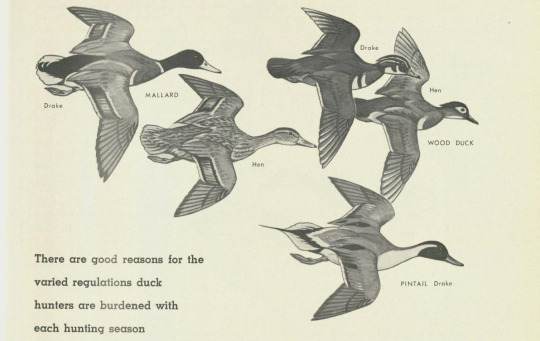

Florida Wildlife, January 1966. Illustration by Wallace Hughes.
Internet Archive
#birds#waterfowl#ducks#mallards#wood ducks#pintail ducks#lesser scaup#ring-necked ducks#Wallace Hughes
131 notes
·
View notes
Text

A pair of lesser scaup
#scaup#lesser scaup#ducks#mr and mrs#birds#waterfowl#nature pics#nature photography#nature#wildlife#wildlife photography#rspb#rspb love nature#leighton moss#nature reserve#photographers on tumblr#original work#original photographers#outdoor photography#outdoors#photography is my therapy#all my own work
18 notes
·
View notes
Text
BOTD: Lesser Scaup

^Image credit: Basar
Lesser Scaup (Aythya affinis)
The Lesser Scaup (adult female pictured) is extremely visually similar to the Greater Scaup, which it forms a superspecies with. Despite having the largest population of any diving duck species in North America their population has been declining steadily since the mid-1980's, with indications that their breeding success is decreasing, though exactly why remains uncertain.
#lesser scaup#scaup#aythya affinis#birds of north america#birds of america#birds of central america#diving ducks#ducks#duck#water birds#bird endangerment tw#bird facts#bird fact#ornithology#birding#birdwatching#bird#birds#birdwatch
65 notes
·
View notes
Text
Round 1 match 2B
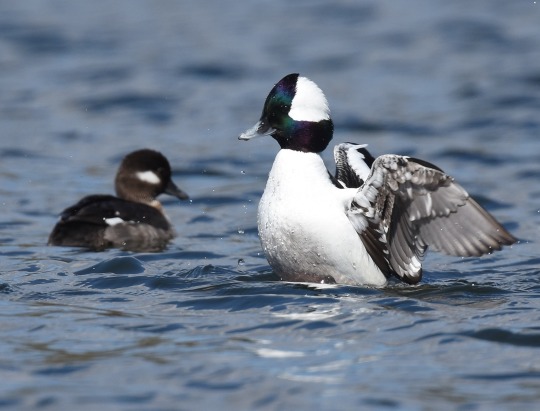

24 notes
·
View notes
Text
And finally, in many species (e.g., Greylag Geese, Oystercatchers), individuals form bisexual trios that parent offspring together (often contrasting with heterosexual trios and/or homosexual pairs within the same species).⁶⁷
67. Western Gull (Hunt et al. 1984); Black-winged Stilt (Kitagawa 1988); Lesser Scaup Duck (Afton 1993; Munro 1941); Acorn Woodpecker (W. D. Koenig, personal communication); Squirrel Monkey (Ploog 1967:159-60); Greylag Goose (Lorenz 1979, 1991); Oystercatcher (Heg and van Treuren 1998). Although female coparents in Acorn Woodpeckers are "platonic" in that they do not specifically engage in courtship or sexual behavior with one another, they still participate in group mounting displays characteristic of this species (which usually include homosexual mounting and may actually involve mounting of their coparent).
"Biological Exuberance: Animal Homosexuality and Natural Diversity" - Bruce Bagemihl
#book quote#biological exuberance#bruce bagemihl#nonfiction#greylag goose#anser anser#oystercatcher#eurasian oystercatcher#haematopus ostralegus#bisexual#polyamory#child rearing#birds#heterosexual#homosexual#gay#lesbian#western gull#black winged stilt#lesser scaup duck#acorn woodpecker#squirrel monkey
1 note
·
View note
Photo

Lesser Scaup from the Birbs of Saskatchetoon Sketchbook
5 notes
·
View notes
Text

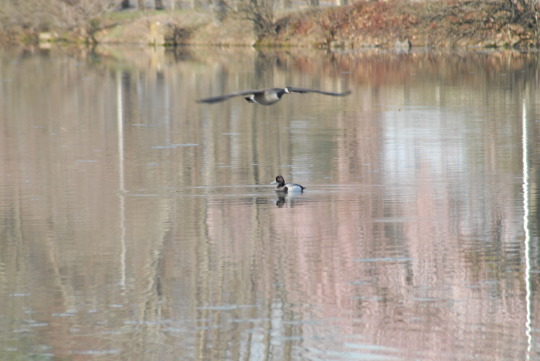

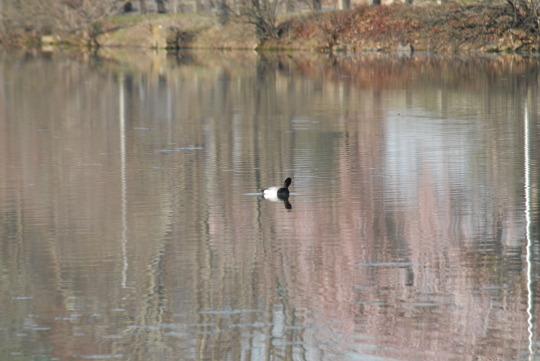
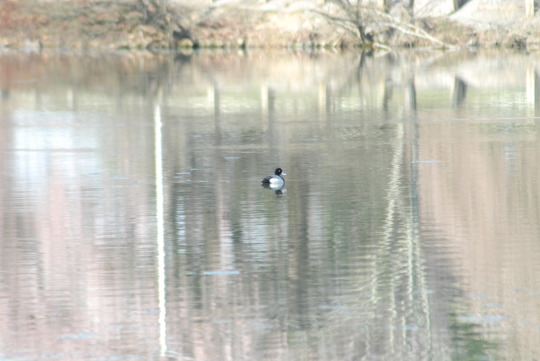

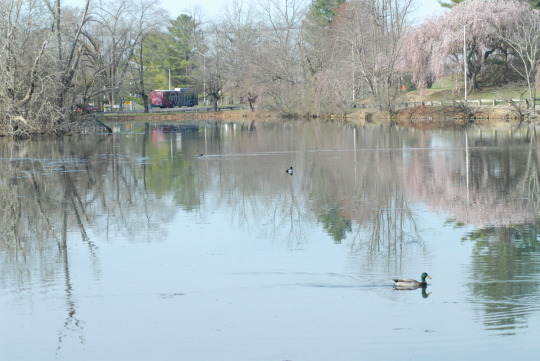
Lesser Scaup, photobombed by a few other waterfowl
Virginia, March 2024
#birds#bird photography#lesser scaup#LESC#anseriformes#anatidae#Aythya affinis#ducks!#and i'll tag banding codes for photobombs too so#GADW#MALL#CAGO#unfortunately i did NOT get a picture of the wood ducks i saw right afterwards. so i am really mad.
1 note
·
View note
Text

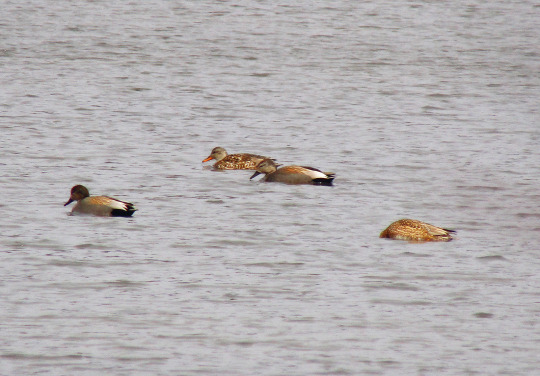






03/18/24
#DUCKS#lesser scaup#gadwall#mallard#mallard hybrid#common loon#american wigeon#green-winged teal#birds#bird photography#waterfowl#migration
0 notes
Text
Lesser Scaup in Falmouth 03/10/24

View On WordPress
0 notes
Text

Photo: LDeans
1 note
·
View note
Text
Posting a bird for every 13th day of each month alert!?!?!
(click for higher quality)
Blackpoll warbler (Setophaga striata)

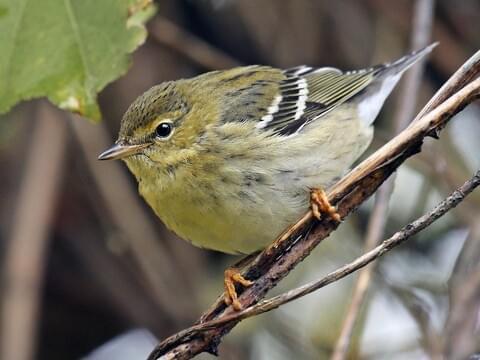

#what a guy#next bird might be lesser scaup i dont know#the yellow-ish one is female#if you even care#blackpoll warbler#Setophaga striata#birds#bird for every 13th#september 13 2023#sol2sleepy#🦧#sol's bird posts
0 notes
Text

Lesser Scaup
#duck#Lesser Scaup#Bolsa Chica Ecological Preserve#huntington beach#orange county#california#photo#digital#original photographers#foggy
1 note
·
View note
Text
Round 1 match 6B


The Northern Pintail is sexually dimorphic, meaning the females look different from the males. The female is mottled brown like many other female dabbling ducks, but has a long, slender neck, making the silhouette unique. This duck is globally widespread and its breeding range encompasses much of the northern hemisphere.
The Lesser Scaup is sexually dimorphic, meaning the females look different from the males. Females are brown all over with a dark brown head that has a patch of white feathers at the base of the bill. They can be distinguished from the Greater Scaup by their head shape, as Lesser Scaups have a slight peak at the back of their heads.
#northern pintail#lesser scaup#ducks#female duck poll#hens pens and geese#tumblr polls#round 1#tournament poll
4 notes
·
View notes
